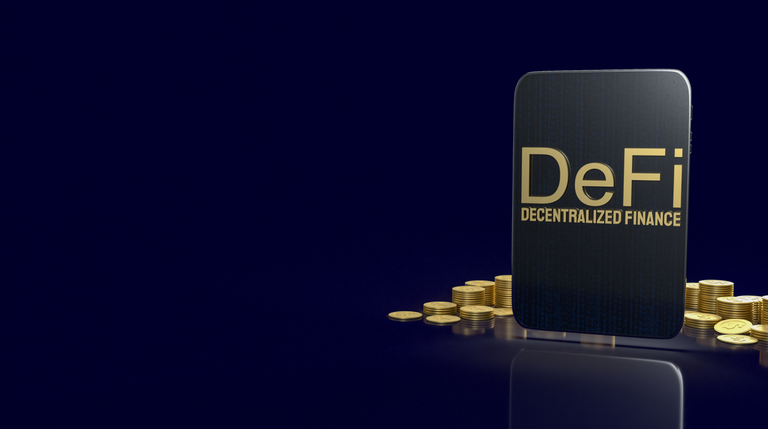Navigating the Future of DeFi: CBDCs, Tokenized Deposits, and Stablecoins

The decentralized finance (DeFi) landscape has seen significant growth, with the recent FTX exchange collapse highlighting the need for safer and more efficient systems within the crypto market. As governments, financial institutions, and DeFi-native groups search for solutions, they must consider viable alternatives such as central bank digital currencies (CBDCs), tokenized deposits, and fiat-backed stablecoins.
Each of these financial instruments has its advantages and disadvantages, but their coexistence within the evolving DeFi space will depend on trust and ease of redemption for payment transactions.
CBDCs are the digital counterparts of a country's legal tender, issued and regulated by the central bank. They provide payment efficiency and a direct channel for monetary policy implementation. However, they also introduce privacy concerns, technological challenges, and potential disruption to traditional banking systems.
Tokenized deposits, on the other hand, are digital representations of deposits held at a financial institution. These deposits are converted into easily transferable and accessible blockchain tokens, offering improved liquidity, efficient cross-border transactions, and fractional ownership. Nevertheless, they carry risks associated with the issuing institution, regulatory scrutiny, and potential inaccessibility to some users.
Fiat-backed stablecoins are digital assets collateralized by a combination of cash and securities, typically pegged to the U.S. dollar. They provide stability and minimal price fluctuations, playing a vital role in crypto trading and DeFi applications. However, stablecoins also face risks related to centralization, transparency, and regulatory uncertainty, which may result in varied global demand.
All three instruments leverage blockchain technology, allowing for faster and more efficient transactions. They share the potential to increase accessibility and financial inclusion, particularly for underbanked or unbanked populations. Each instrument aims to provide stability, whether backed by a central bank (CBDCs), deposit protections (tokenized deposits), or underlying fiat currency reserves (stablecoins).
Key risks and caveats center on issuance and regulation, accessibility and restrictions, and specific risk factors. CBDCs and tokenized deposits are subject to government regulations and deposit protection rules, while fiat-backed stablecoins depend on the transparency and management of the underlying collateral. CBDCs and tokenized deposits may face limitations, whereas stablecoins are generally more accessible.
Can CBDCs, tokenized deposits, and stablecoins coexist within the DeFi landscape? To do so, governments, financial institutions, and stablecoin issuers must adapt their strategies to develop their respective instruments. While governments are unlikely to relinquish monetary control easily, and CBDC implementation faces hurdles in the U.S. and Europe, financial institutions have yet to commercially roll out tokenized deposits as an alternative to stablecoins.
Stablecoins require experienced custodians to manage reserves effectively and address transparency issues while navigating the evolving regulatory landscape. Consumers may resist increased government oversight of their financial activities and favor stablecoins over institutional alternatives.
In conclusion, the market environment remains fluid, with no clear winner. The successful coexistence of CBDCs, tokenized deposits, and stablecoins hinges on striking the right balance to meet customer needs and ensuring trust in their redemption as payment transactions. This coexistence should be application-driven, with central banks dictating monetary policies and issuing money, while relying on private regulated entities, like banks, for distribution to the public.
My name is Asteroids - well, that's my Hive name, anyways. I believe firmly in the future of Web3 technology and its potential to reshape our lives. I'm a serial entrepreneur and my aim in life is to always evolve and find new ways to leverage technology in my life.
As I continue to build things, I find new and important wisdom in all sorts of places. My goal here on Hive is simply to share that wisdom so that you can improve as well.
Working is as much about building good habits as it is about doing the actual work. Remembering this on a daily basis has changed my life for the better.
Until next time,
-A